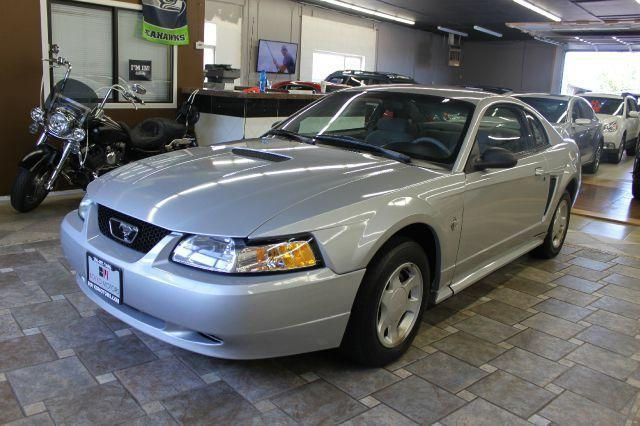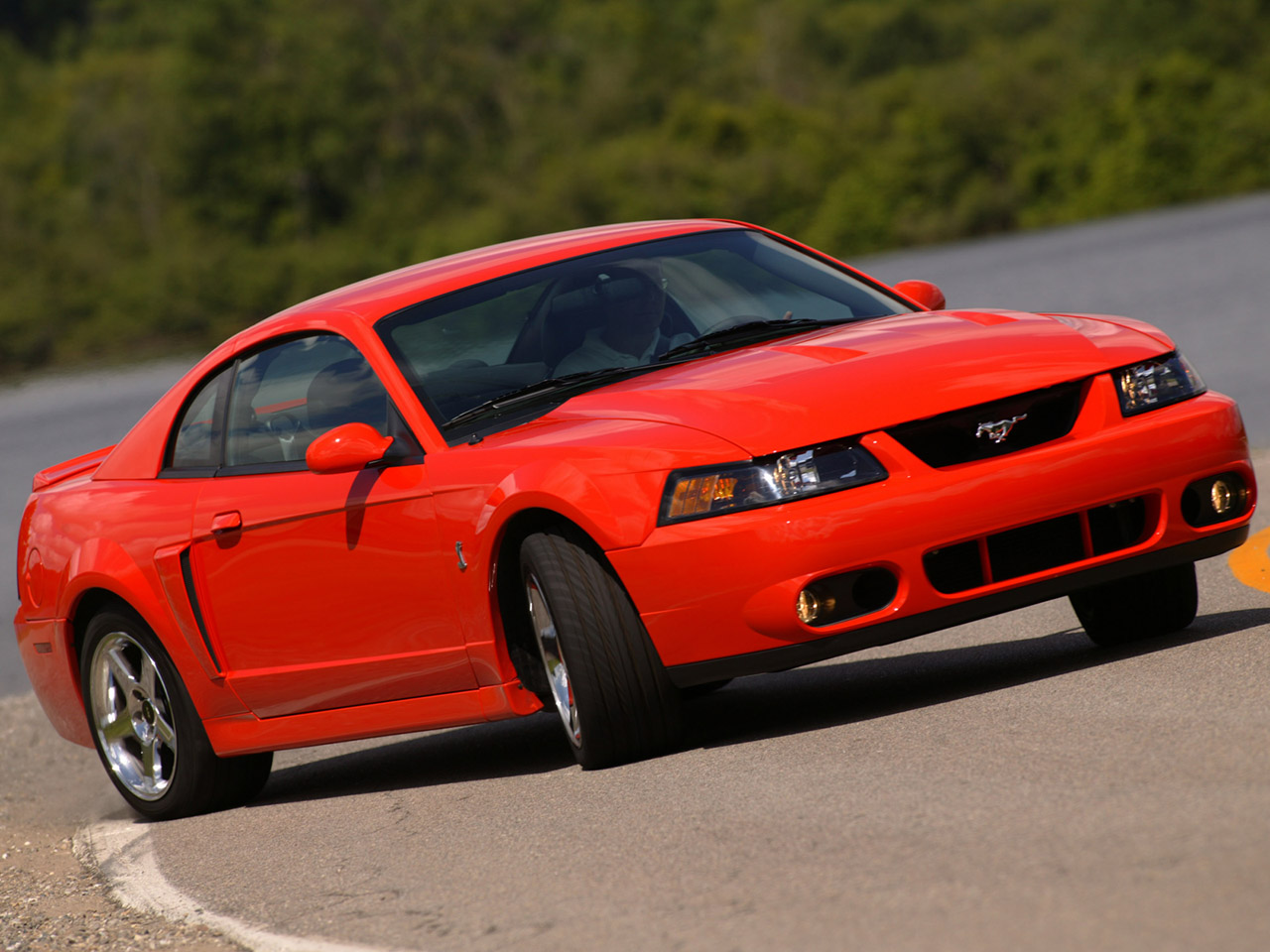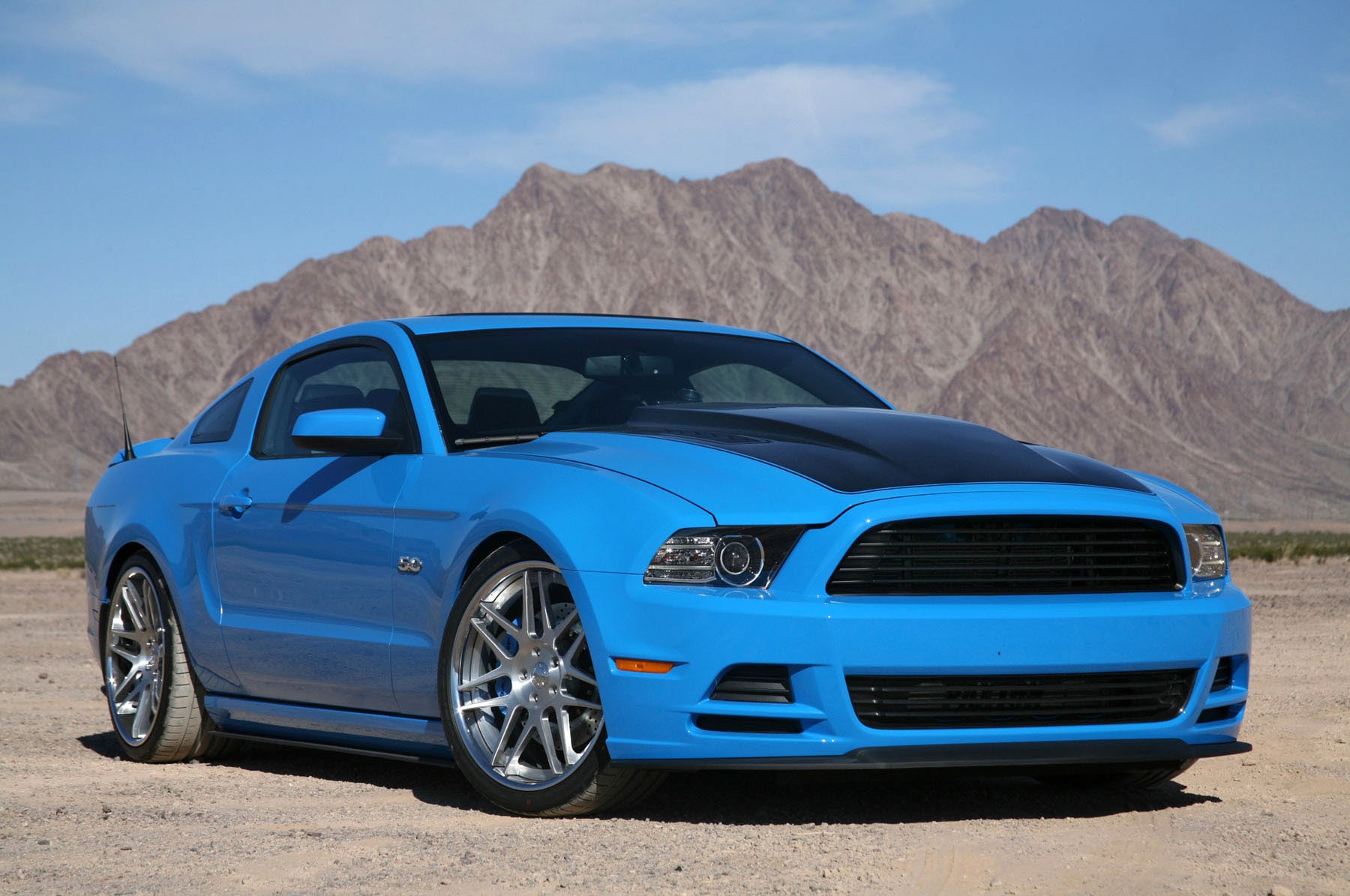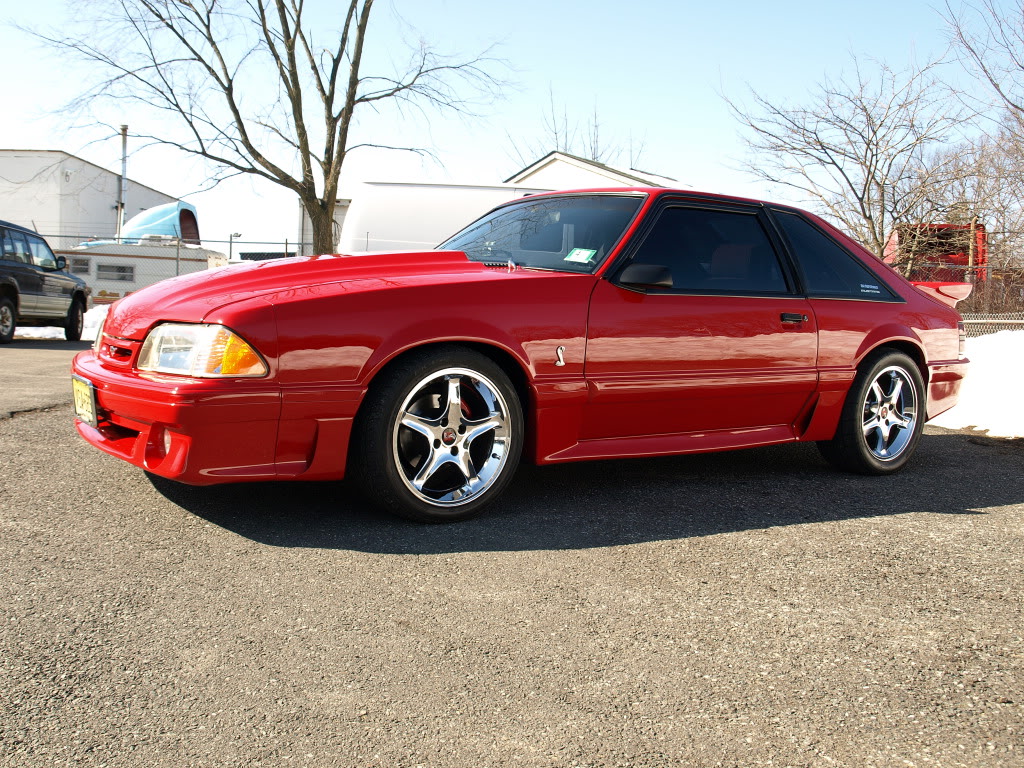Ford Mustang and Ford Mustang GT 1994-2014: Buying Guide
The Ford Mustang is a classic vehicle that features a sleek, attractive exterior. Here's your no-nonsense guide to purchasing one of these incredible vehicles.
This article applies to the Ford Mustang and Ford Mustang GT (1994-2014).
The Ford Mustang is a highly rated vehicle that holds up well under pressure. Maintain your major systems as well as keep your fluids clean, and you could expect to achieve very high mileage with few repairs. When purchasing a used Mustang, you'll want to consider not only how much mileage is on the vehicle prior to the sale, but also how well it has been maintained through the years. Keep in mind, as well, you could always purchase a cheaper vehicle and then upgrade or customize the interior or exterior later. Considering all your options could save you big money in the long run.

Ford Mustang
1999-2004
The 1994 to 2004 Ford Mustang is a classic ride that comes as either a coupe or convertible. Your trim levels include the standard V6 model (190 to 193 horsepower), GT (260 horsepower) and Cobra (390 horsepower). Other special-edition models include the Bullitt, Mach 1 and Cobra R. The 1999 to 2004 Cobra is known for its independent rear suspension, which delivers incredible handling and an overall more impressive ride to owners.

2005-2014
The 2005 Ford Mustang has suffered some issues with weather insulation, a clunking sound when turning at 5 mph (a technical service bulletin (TSB) was issued, but not a recall), some vibrations in the gear shift when driving in third gear and slowing down (a TSB was also issued for this problem), as well as rust. It's important to note, you can bolt on a supercharger to a non-supercharged 2005 Ford Mustang for around $10K to achieve a marked increase in horsepower; however, some minor modifications may be needed. This option is best for a buyer who can't afford a supercharged 2005 Ford Mustang, but anticipates wanting to make such an upgrade later on down the road.

Best Option For Speed
If you're hoping to achieve some serious speed on the road, it's recommended that you go with a 1996 to 1999 Cobra, 2001 Cobra, or 2003 to 2004 Cobra. These model years were manufactured for speed and have allowed Ford to bring some of the best vehicles it has ever manufacture to market, without requiring owners to spend extra for higher horsepower. If you want to add a few modifications to ramp up your speed, you can do that as well. Another notable contender is the fox body Mustang. This vehicle can be purchased for cheap, and it is ideal for drag racing.

Common Questions
How many miles should a Ford Mustang last?
A Ford Mustang that has been properly maintained according to the owner's manual could surpass the 200,000-mile mark easily. However, it's imperative that all systems are maintained and all fluids are kept clean as well as topped up.
Was there a recall for the 1999 Cobras?
Yes, the 1999 Cobra was recalled due to a discrepancy in the level of horsepower that was advertised for the vehicle. Buyers were led to believe the vehicle achieved a higher horsepower than what was actually possible. To avoid this issue when purchasing a used Cobra, it's recommended that you stick to the 2001 Cobra, which offers 320 horsepower.
Is it is safe to purchase a late model Ford Mustang?
Yes; however, it's highly recommended that you obtain as much information about the vehicle's history as possible. One surefire way to research a used vehicle is to decode the vehicle identification number, which is located in the door jamb of the vehicle. Online decoders are available free of charge through websites such as VinDecoder.net. It's also worth mentioning a vehicle that regularly used 0W-30 or 5W-30 engine oil (without switching to a different kind at any point during its life) is more likely to reach higher mileage and require less repairs.
Common Issues
Fuel Pump Replacement
There are a few possible signs of a bad fuel pump, including, but not limited to, intermittent jerkiness at speeds of 50 mph or above, sputtering or clicking sounds, reduction in power, and "surging," which is an unexpected increase in speed while driving. The most obvious sign of a bad fuel pump is your vehicle won't start. Have your fuel pump replaced immediately to resolve the problem.
Factory Paint Replacement
The 1994 to 2004 Ford Mustang owners have complained about the quality of the factory paint on vehicles manufactured during these model years. If you'd like to spruce up your vehicle, it's recommended that you have a fresh coat of paint applied, particularly if the front bumper or other exterior panels begin to fade or chip over time.
Brake Pad Replacement
In some cases, you might need to replace the brake pads on your Ford Mustang at around 50,000 miles or so of travel. Have a local Ford dealer inspect your brake pads for signs of excess wear.
Related Discussion
- Debating on Picking Up a 99 V6, Thoughts? - MustangForums.com






